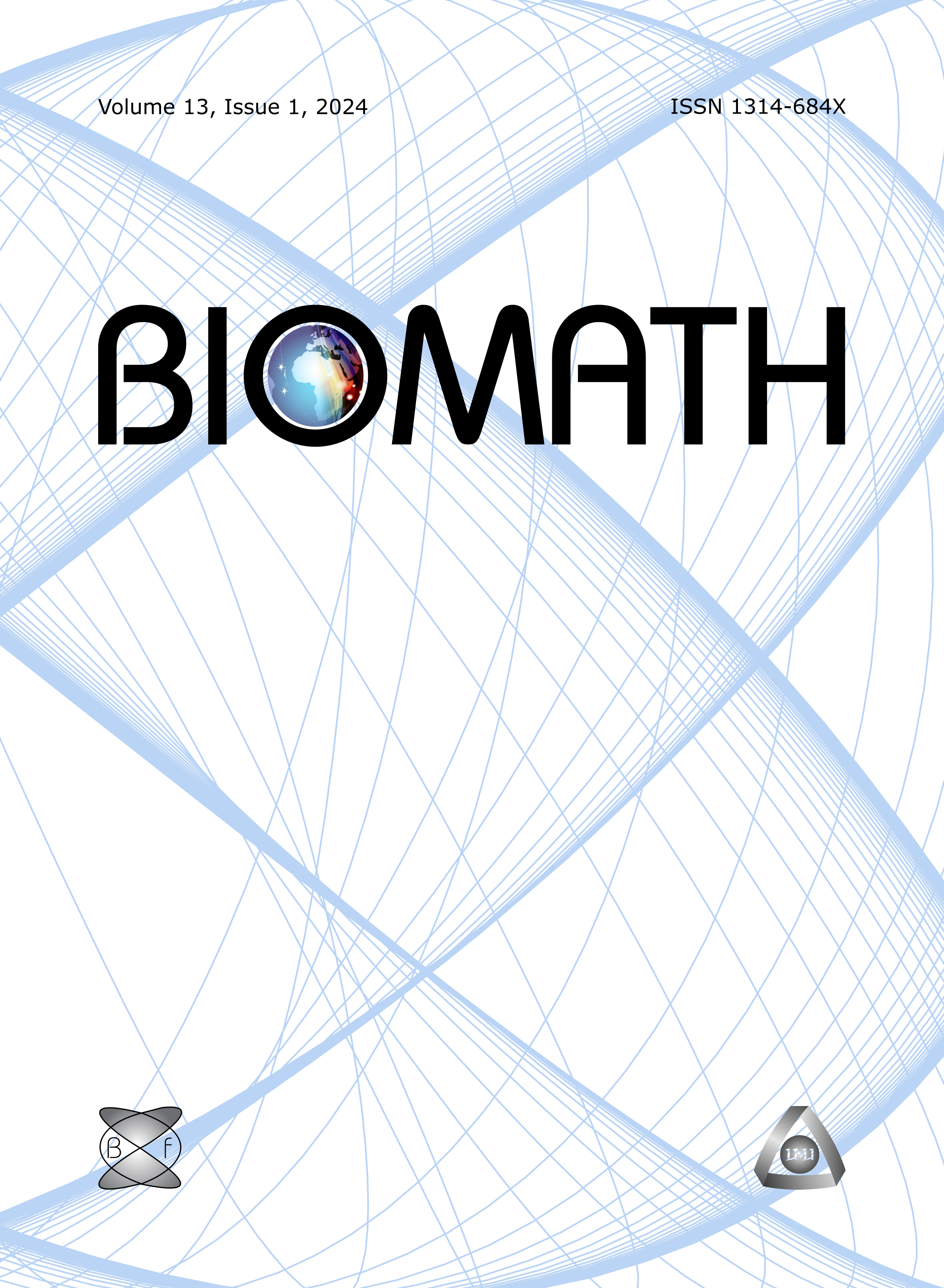Optimal control strategies for a class of vector borne diseases, exemplified by a toy model for malaria
DOI:
https://doi.org/10.11145/j.biomath.2019.09.157Abstract
This paper contains a unified review of a set of previous papers by the same authors concerning the mathematical modelling and control of malaria epidemics. The presentation moves from a conceptual mathematical model of malariaВ transmission in an homogeneous population. Among the key epidemiological features of thisВ model, two-age-classes (child and adult) and asymptomaticВ carriers have been included. As possible control measures, the extra mortality of mosquitoes due to the use of long-lasting treated mosquito nets (LLINs) andВ Indoor Residual Spraying (IRS) have been included.В By taking advantage of the natural doubleВ time scale of the parasite and the human populations, it hasВ been possible to provide interesting threshold results.В In particular, key parameters have been identified such that below a threshold level, built on these parameters, the epidemic tends to extinction, while above another threshold level it tends to a nontrivial endemic state. The above model has motivated further analysisВ when a spatial structure of the relevant populations is added. Inspired by the above, additional model reductions have been introduced, which make the resulting reaction-diffusion system mathematically affordable.В Only the dynamics of theВ infected mosquitoes and of the infected humans has been included, so that a two-component reaction-diffusion system is finally taken.В The spread of theВ disease is controlled by three actions (controls)В implemented in aВ subdomain of the habitat: killing mosquitoes, treating theВ infected humans and reducing the contact rate mosquitoes-humans.
To start with, the problem of the eradicability of the disease is considered, while the cost of the controls is ignored. We proveВ that it is possible to decrease exponentially both the humanВ and the vector infective population everywhere in the relevantВ habitat by acting only in a suitable subdomain. Later theВ regional control problem of reducing the total cost of theВ damages produced by the disease, of the controls and of theВ intervention in a certain subdomain is treated for the finite timeВ horizon case. In order to take theВ logistic structure of the habitat into account theВ level set method is used as a key ingredient for describing theВ subregion of intervention. Here this subregion has been better characterized by both area and perimeter.В The authors wish to stress that the target of this paper mainly is to attract the attention of the public health authorities towards anВ effective and affordable practice of implementation of possible control strategies.
Downloads
Published
Issue
Section
License
The journal Biomath is an open access journal. All published articles are immeditely available online and the respective DOI link activated. All articles can be access for free and no reader registration of any sort is required. No fees are charged to authors for article submission or processing. Online publications are funded through volunteer work, donations and grants.
Authors who publish with this journal agree to the following terms:
- Authors retain copyright and grant the journal right of first publication with the work simultaneously licensed under a Creative Commons Attribution License 4.0 that allows others to share the work with an acknowledgement of the work's authorship and initial publication in this journal.
- Authors are able to enter into separate, additional contractual arrangements for the non-exclusive distribution of the journal's published version of the work (e.g., post it to an institutional repository or publish it in a book), with an acknowledgement of its initial publication in this journal.
- Authors are permitted and encouraged to post their work online (e.g., in institutional repositories or on their website) prior to and during the submission process, as it can lead to productive exchanges, as well as earlier and greater citation of published work (See The Effect of Open Access).

